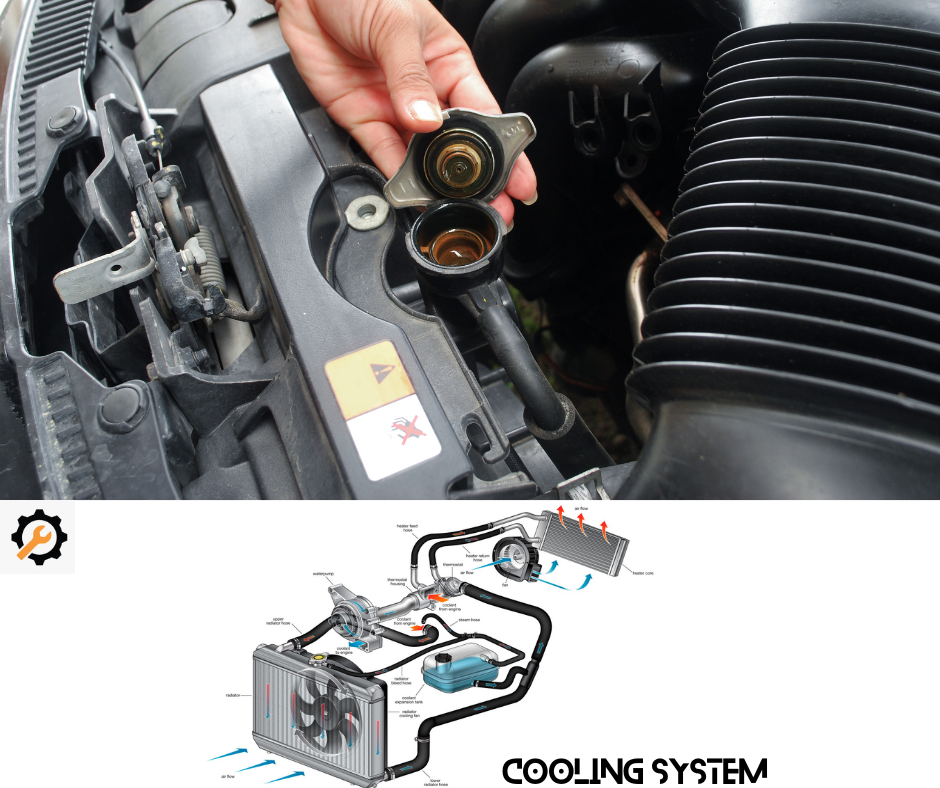How to Spot Coolant Leaks and Low Levels

Discover the essential steps to identify coolant leaks and low levels before they lead to serious engine damage.
Common Signs of Coolant Leaks You Shouldn't Ignore
Coolant leaks can manifest in several ways, and recognizing the signs early can save you from costly repairs. One of the most obvious signs is a visible puddle of coolant under your vehicle. The coolant is typically a bright green, orange, or pink fluid that has a sweet smell. If you notice this kind of liquid pooling under your car, it’s a clear indication of a leak.
Another sign is the engine temperature gauge showing higher than normal readings. If your engine is overheating frequently, it could be due to a coolant leak. Additionally, keep an eye out for a low coolant warning light on your dashboard, steam coming from the engine, or an unusual sweet smell inside the car, which can also indicate a leak.
How to Check Your Coolant Levels Safely
Checking your coolant levels is a simple yet crucial maintenance task. To do this safely, first make sure your vehicle is parked on a level surface and the engine is completely cool. Never open the coolant reservoir or radiator cap when the engine is hot as the pressurized coolant can cause serious burns.
Locate the coolant reservoir, which is usually a translucent plastic tank near the radiator. Check the fluid level against the markings on the side of the reservoir. If the coolant is below the 'MIN' mark, you’ll need to add more. Always use the coolant specified in your owner’s manual to avoid damaging the cooling system. Pour the coolant slowly to the 'MAX' mark and replace the cap securely.
Potential Causes of Coolant Leaks
Coolant leaks can stem from various sources within your vehicle’s cooling system. Common causes include a cracked radiator, worn-out hoses, a faulty water pump, or a damaged head gasket. Over time, the radiator can develop cracks due to rust or impact damage, leading to leaks.
Hoses that carry coolant to and from the engine can also wear out and crack, especially where they connect to the radiator or engine. The water pump, which circulates coolant, can develop leaks around its seals and bearings. A blown head gasket can cause coolant to leak internally into the engine, which can be particularly serious and requires immediate attention.
Preventative Measures to Avoid Coolant Leaks
Regular maintenance is key to preventing coolant leaks. Start by checking the coolant level and condition at least once a month. Look for any signs of rust or debris in the coolant, which can indicate a problem.
Inspect the hoses and radiator for any signs of wear or damage. Replace them if they appear brittle, cracked, or swollen. Additionally, ensure the radiator cap is in good condition and seals properly. Periodically flushing the cooling system and replacing the coolant according to your vehicle’s maintenance schedule can also help prevent leaks by removing contaminants that can cause corrosion and damage.
When to Seek Professional Help
While some coolant issues can be managed at home, there are times when professional help is necessary. If you notice a persistent coolant leak despite your efforts, it’s time to visit a mechanic. A professional can perform a pressure test to pinpoint the exact source of the leak.
Additionally, if you suspect a head gasket failure or if your engine frequently overheats, seek professional assistance immediately. These issues can lead to severe engine damage if not addressed promptly. Regular professional inspections can also help catch potential problems early before they become serious.

 Loading..
Loading..